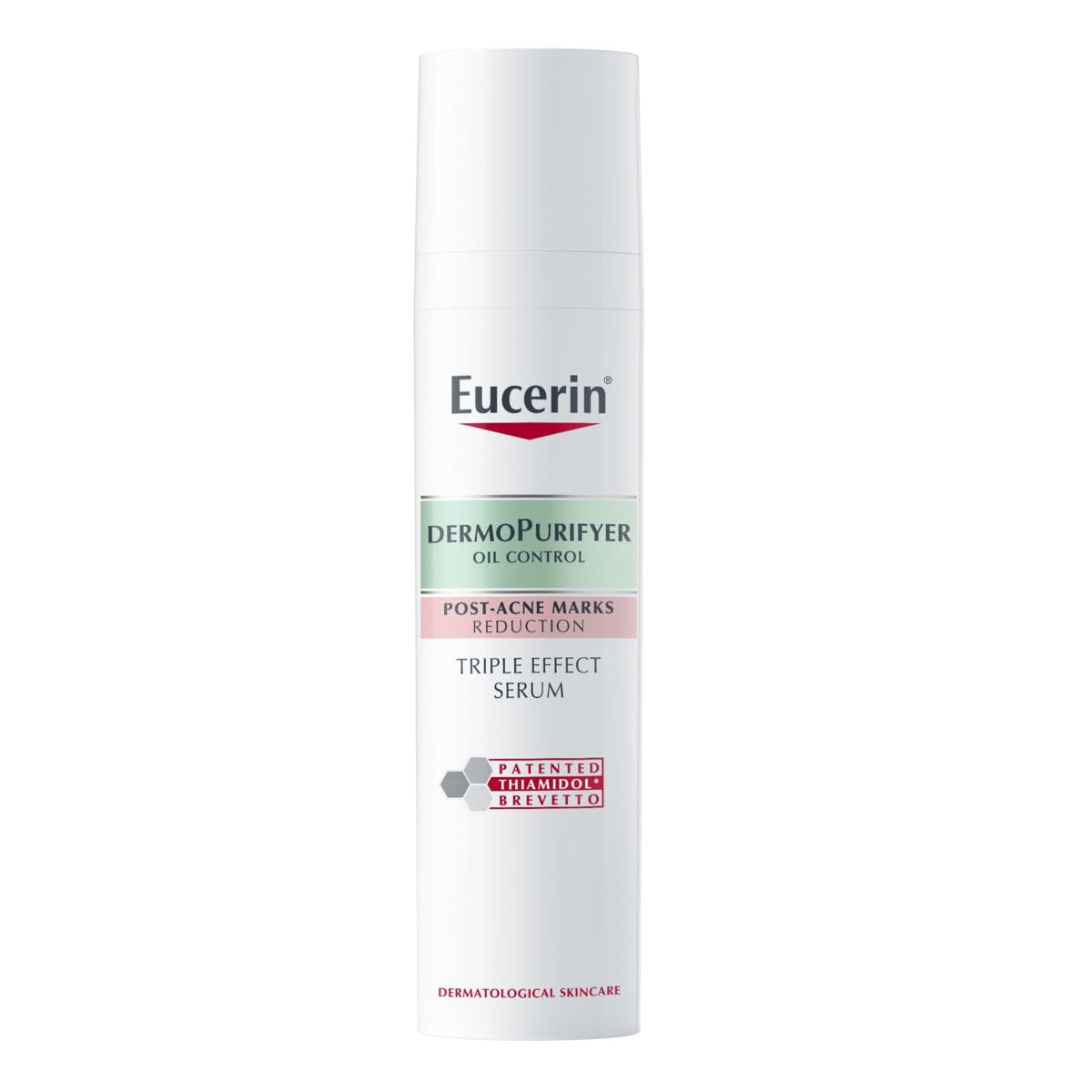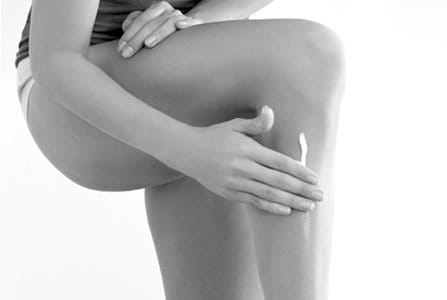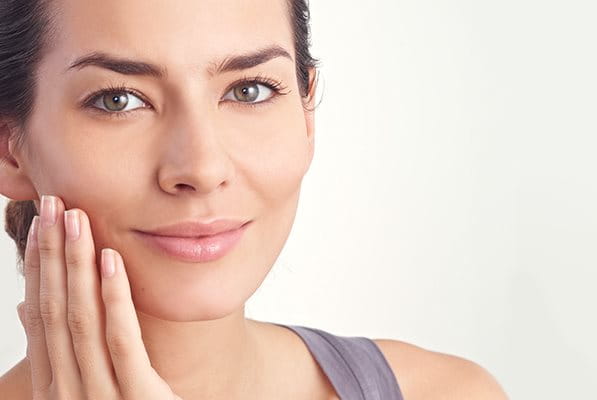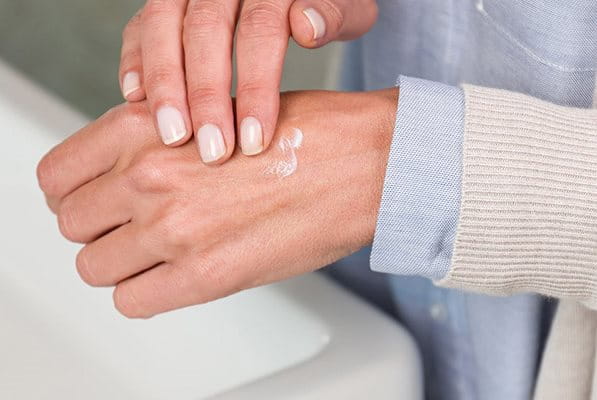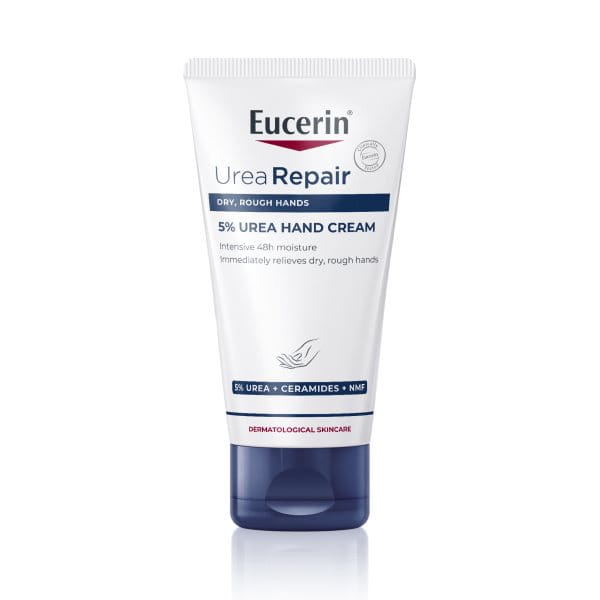The skin is not only the body’s largest organ but plays a vital role in regulating body temperature and acts as a barrier protecting the body against infection. However, certain parts of the body are prone to becoming dry and cracked, resulting in the skin losing its ability to perform these functions. However a good skin care routine using products formulated specifically for rough and cracked skin can help to restore skin to a healthier state.
Signs & Symptoms of cracked skin on the body
Dry skin can occur anywhere on the body, but certain areas are more likely to become very dry or even rough and cracked.
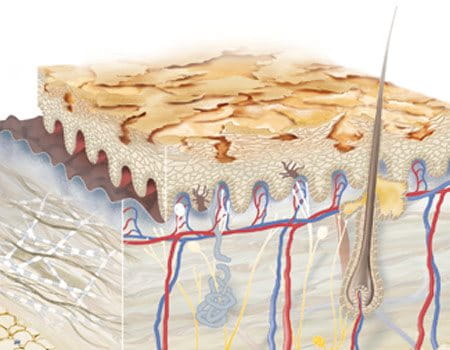
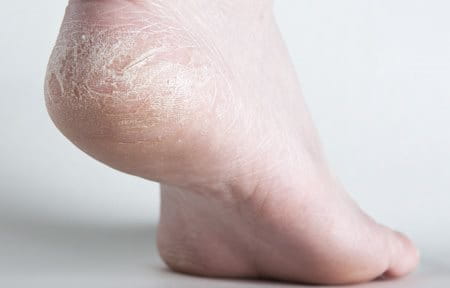
Dry skin occurs gradually, and follows a progressive process:
- Dry skin feels tight and may appear slightly to moderately rough.
- Often the first signs of dryness do not cause much discomfort, yet ignoring them is likely to lead to constant dry skin becoming more severe.
- Very dry skin can be very tight, very rough, scaly, cracked and itchy.
- The skin feels very tight and may also appear to be scaly and flaky.
- Excessive dryness around the body can cause the skin to shrink and become brittle, eventually leading to the skin cracking, especially in areas that need to flex during movement, such as the soles of the feet during walking. Skin may become inflamed.
Symptoms of dry and cracked body skin
- Extreme tightness
- Extreme roughness
- Skin cracks or fissures
- Intense itching
Areas commonly affected by dry & broken skin:
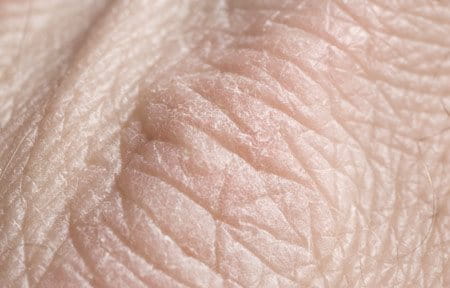
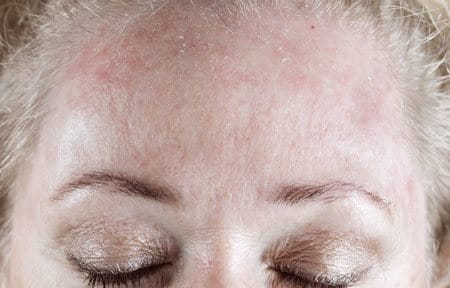
Washing hands frequently can become a problem for dry skin, as the skin around the knuckles can break.Dry facial skin can become rough and even look scaly.
Cracked hands and knuckles
Frequent hand washing is the main cause of dry skin on the hands and knuckles . The cracks commonly occur around the knuckles because the skin is tight and can easily break when stretched.
Dry & Cracked skin on legs
The skin on your legs becomes rough when it’s not able to keep enough water in the outer layer through use of the body’s natural lipids. Very dry skin on the legs can occur due to a variety of reasons, ranging from environmental factors to medical conditions such as diabetes, kidney disease & liver disease.
Dry & Cracked skin on the feet
Dry and cracked skin on the feet, especially around the heel area, often develops resulting in roughness which can be uncomfortable and in severe cases can be painful and inflamed. The skin on the heels needs to be thicker to endure the pressure and movement stress of walking and running.
Athlete’s foot is a condition that develops on the feet when people spend a lot of time in water, sweat excessively or wear shoes that do not allow your feet to breathe. It stems from a later development of ringworm which can result in very dry cracked skin on the feet.
Dry Lips
The lips are also prone to dryness, especially in acne patients under oral medication, lips tend to crack which is very uncomfortable and painful. Learn more about dry skin on the face.
Diseases and their impact on body skin
Dry skin, or ‘Xerosis’ as it is medically known (Greek. ‘xero’, means ‘dry’, and ‘osis’ means ‘disease’) is a broad classification which includes dry skin from any cause, be it internal or external. There are also other skin conditions which result in dry, rough and cracked skin. Conditions like Psoriasis and Atopic Dermatitis on face or body have underlying inflammatory causes, with skin looking reddened, flaky and very itchy.
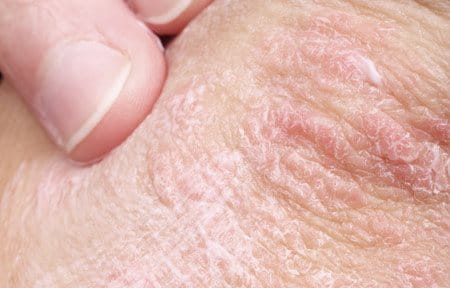
- Atopic Dermatitis often affects young children, and manifests as rough and irritable skin on the back of the knees, inside of the elbows and around the hip area.
- Skin affected with Psoriasis often has patches of dry, tough and itchy skin that can appear on any part of the body.
- Diabetes, either type 1 or type 2, can also cause skin to become dry, rough and itchy.
There is further information about dry skin as well as skin conditions such as Atopic Dermatitis, Psoriasis and Xerosis, throughout this website.
Attention
If you are worried or unsure about your symptoms, or they are becoming worse, we recommend you see your GP or ask to see a dermatologist for a face-to-face consultation.
If you need further information to help you identify the cause of your skin complaint, and which treatment route to take, the skin test may be a useful diagnostic tool.
Causes & Triggers of rough and cracked body skin
The causes of rough and cracked dry skin vary from poor skin care and environmental factors to health related conditions such as Atopic Dermatitis and Psoriasis. These causes are influenced by both internal and external factors.
External factors

The dry skin, or skin dehydration, process occurs in stages:
- Skin becomes dry when it starts to lose its natural lipids resulting in the breakdown of the skin's surface barrier thus preventing the skin from retaining moisture.
- This speeds up the rate at which the skin's moisture is lost. The lack of water binding natural moisturising factors causes the upper layers of the skin to become dehydrated.
- Dry skin becomes rough and cracked when the dryness penetrates into the deeper layers of the skin, this compromises the skin's Aquaporins which are moisture channels within the deeper layers of the epidermis and regulate the moisture distribution from within.
External causes which might alleviate the dryness can be climatic conditions that influence the skin's ability to retain moisture or the use of unsuitable skin care products.
Environmental
- Harsh weather conditions - hot, cold and dry air disrupt the skin's surface barrier.
- Seasonal changes - symptoms of dry skin often worsen during either the winter or summer.
- Ultraviolet (UV) sunlight can increase the rate of skin ageing, and skin becomes more prone to dryness as it ages.
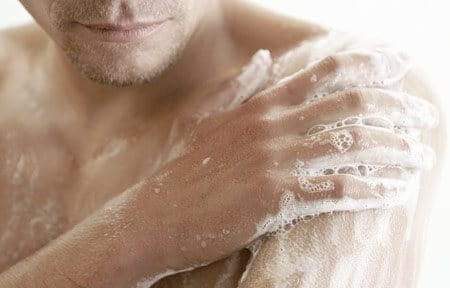
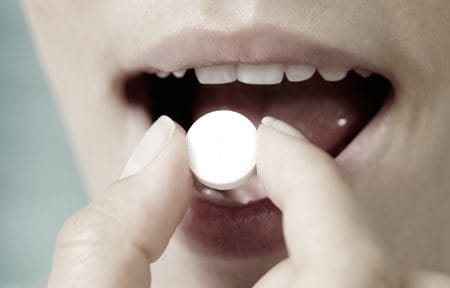
Skin care
- Frequent washing, or long, hot baths or showers, removes the lipids that make up the skin barrier.
- Inappropriate skin care routine – It is important to follow a routine, and use products, that are suitable for dry skin. It is especially important not to use strong soaps that strip away natural skin lipids.
Medication
Dry & cracked skin is a side effect of some medications. Commonly used medications that have this side effect are blood pressure medications called diuretics that work by increasing the rate of water lost from the body, and some antibiotics and oral acne medications.
Attention
Always check with a doctor or pharmacist if you are concerned a medication may contribute to dry skin.
Internal factors causing cracked skin


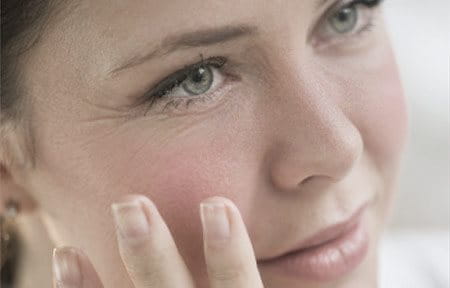
Genetic influences
The skin's moisture balance is also influenced by genetics. Some people have oily skin and some have dry skin, and these skin types are inherited, although an individual will not necessarily have the same skin type as their parents. Additionally, fair-skinned individuals seem to be more prone to dry skin than people with darker skin. Skin conditions like Atopic Dermatitis, Psoriasis and ichthyosis often have a genetic predisposition.
Hormonal influences
Changes in the level of certain hormones, particularly oestrogen and testosterone can influence the skin's moisture and lipid levels. This is particularly noticeable after menopause or during pregnancy. Learn more about dry skin and pregnancy. Stretch marks can also appear during pregnancy, learn more about what causes them and how you can reduce their appearance here.
Age
As skin becomes older the number of sebaceous and sweat glands in the skin is reduced, resulting in a reduced ability to produce sweat and lipids. Similarly, the water content of skin and its ability to hold moisture is also reduced. These factors lead to dryness which in turn contributes to skin ageing and the development of fine lines and wrinkles. The overall term for this is age-induced dryness.
Diet
Like any other organ, the skin requires a range of important nutrients in order to function properly. These include vegetable oils and vitamins, particularly vitamin C and E.
What factors lead to cracked and broken skin on the body?
Factors that affect the skin's natural moisture balance and may cause rough and cracked skin are the following:
Skin care
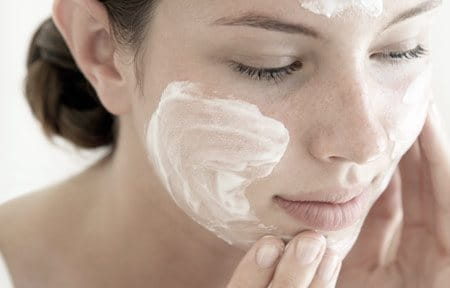
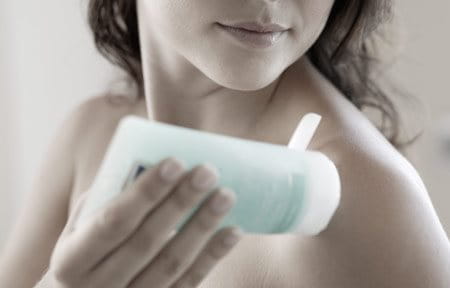
The use of harsh soaps on the skin strips the skin of its natural lipids and moisture leading to rough and cracked dry skin.
A good skincare routine is therefore very important in preventing and treating rough and cracked dry skin.
A suitable moisturiser should be frequently applied to the affected area. The best time to moisturise is when the skin is clean and slightly damp, for example after a bath or shower. Moisturisers that contain compounds that restore the functioning of the deeper skin layers are recommended for very dry, rough and cracked skin.
Frequent washing is also a contributing factor to rough and cracked dry skin. Baths and showers should not be too hot or too long because this will cause the skin’s natural lipids and natural moisturising factors to be leached from the skin, reducing its ability to retain moisture.
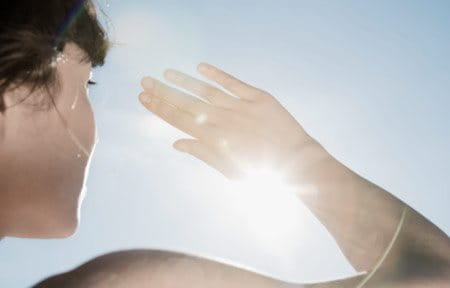

Weather, seasons and sun exposure
The change of season is a common cause for rough and cracked dry skin. During the harsh winter months, the skin is exposed to the cold weather and the use of central heating indoors dries out the skin. Skin becomes rough and cracked during this time, and if left untreated these cracks can get deeper and become inflamed.
During the hot summer months skin becomes dry due to too much sun exposure. Sun-burnt skin is not as effective as healthy skin and is more susceptible to becoming dry. In order to prevent the skin from becoming rough and cracked a sunscreen containing a moisturizer and no irritating perfumes and colourants should be applied.
Occupational risks
Certain occupations are at a greater risk of developing dry skin which can become very rough and cracked. These are jobs that involve exposing the skin to certain conditions such as very hot or cold conditions (farmers/fisherman), frequent use of detergents (doctors/nurses/hairdressers).
Dehydration
The skin receives its water via the body, and is therefore dependent on the body’s water balance. When dehydrated, the body reduces the supply of moisture to the skin which slows down the natural flow of water through the skin, which can contribute to dry skin. Elderly people are prone to dehydration as the sensation of thirst diminishes with age. Learn more about dehydrated skin.
Smoking
Cigarettes contain many toxins, including nicotine, which cause a significant decrease in blood flow. This results in a decreased metabolic rate within the skin, which causes the supportive fibres in connective tissue to lose their elasticity. This means the skin has aged prematurely, and is easily dried out.
How to treat cracked or broken skin?
Avoiding contributing factors

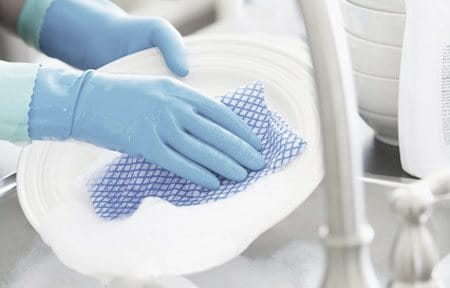
In addition to having a good cleansing and moisturising routine, avoiding factors that contribute to dry skin is important. This will help to reduce the impact of dry skin and the need for treatment:
- Avoid dry air by spending less time outdoors in hot and cold weather, and by using a humidifier indoors when the heating is on.
- Reduce the time spent in hot water by having quick showers instead of long baths.
- Using gloves when washing dishes will help to avoid hot water and strong detergents.
- Wear clothes made of natural materials like cotton and silk that do not irritate the skin. Wool is natural but can irritate, and should be avoided.
- Try to use a clothes detergent without dyes or perfumes, as these can remain on the clothes after washing and irritate dry skin.
- Ensure that you drink adequate amounts of water.
In order to resolve the dry skin condition a skin care routine that does not cause further deterioration of the skin barrier is needed. Additionally, replacing natural moisturising factors, such as Urea, will also help to restore the skin’s moisture balance, and ideally the deficiency in vital substances that regulate the flow of water in the deeper skin layers will also be addressed. When choosing a skin care product for children, always check the age recommendation.
Cleansing rough and dry body skin

As the initial cause of the skin’s dryness and roughness is the breakdown of the skin’s surface barrier, it is important that the cleansing process is gentle enough not to wash away the skin’s own lipids.
Moisturising rough and dry body skin
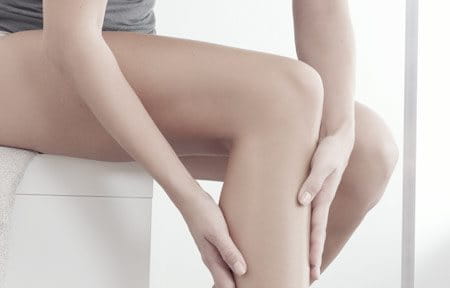
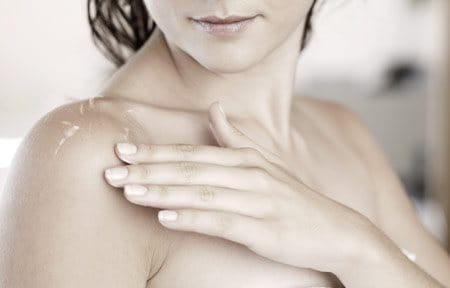
The first requirement for moisturisers for dry skin is to restore the moisture balance in the upper layers of the skin.
Urea and Lactate: Natural moisturising factors (NMF) attract and bind moisture into the stratum corneum, or upper layer, of the skin. Very dry skin that has become rough and cracked requires a higher concentration of these natural moisturising factors. Generally, products for dry and very dry skin should have at least 5% and 10% Urea, respectively.
Ceramide-3 helps to repair the lipid barrier which slows the rate of evaporation from the skin by regulating moisture loss.
Gluco-glycerol stimulates the skin’s Aquaporins, and helps to support the natural upward flow of moisture to the upper epidermal skin layers. The moisture balance in the upper skin layers is dependent on an adequate supply of moisture from the lower layers, and therefore restoring the moisture balance in the lower layers is a prerequisite to overall skin hydration.
Protecting dry body skin against sun-exposure

As UV light increases the rate of skin ageing, and skin ageing can increase the risk of dryness, it is advisable to:
- Reduce sun-exposure by wearing protective clothing.
- Use a sunscreen when going outdoors.
- Use sunscreens which block UV rays and contain moisturising compounds.
- Use a sunscreen that does not contain irritating perfumes and colourants, as dry skin is prone to irritation.
- Reduce sun-exposure by wearing protective clothing.
- Use sunscreen when going outdoors.
- Use sunscreens which block UV rays and contain moisturising compounds.
- Use a sunscreen that does not contain irritating perfumes and colourants, as dry skin is prone to irritation.
Eucerin Sunscreens for dry skin offer sun protection with COLIPA- and EU-compliant UV filters, antioxidant Licochalcone A to protect against UV-induced free radicals as well as premature ageing and provide moisturisation.
Our brand values

We deliver a holistic dermo-cosmetic approach to protect your skin, keep it healthy and radiant.

For over 100 years, we have dedicated ourselves to researching and innovating in the field of skin science. We believe in creating active ingredients and soothing formulas with high tolerability that work to help you live your life better each day.

We work together with leading dermatologist and pharmacist partners around the world to create innovative and effective skincare products they can trust and recommend.

